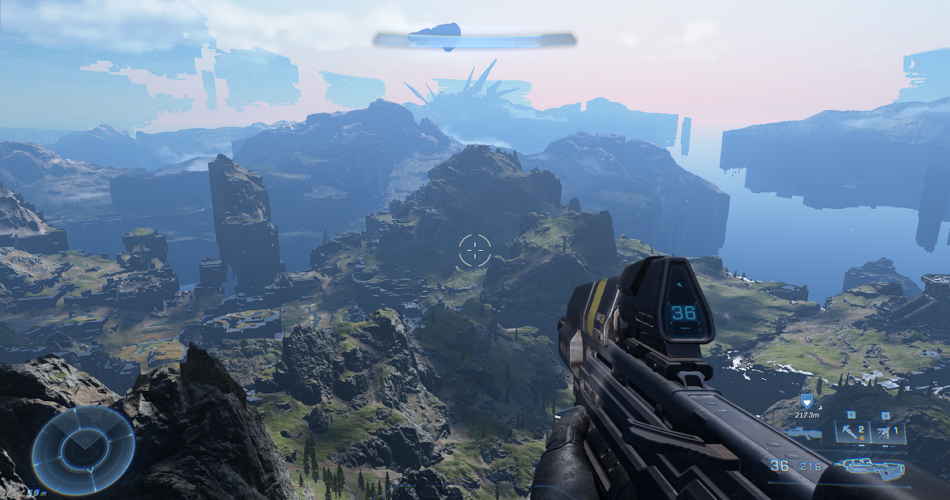In the Beginning
Back in the early 2000s I used to buy and read physical copies of PC Gamer magazine; it would seem strange now, considering PC Gamer has more of a web/social media presence these days. I remember reading up or seeing advertisements on Halo: Combat Evolved and I went and gotten the game despite having a machine that barely met the minimum requirements for the game. The entire experience playing that first person shooter can be summed up as awesome.
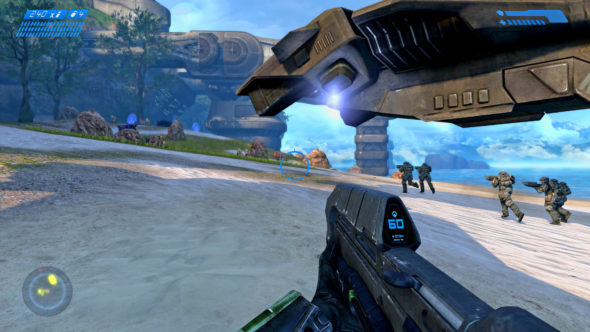
There wasn’t really something like it on the market at the time. The early 2000s were dominated by massive arena-based multiplayer shooters like Quake and Unreal Tournament. Halo had its awesome multiplayer (more on this layer), but the single player campaign, was the part of the game that had taken me in.
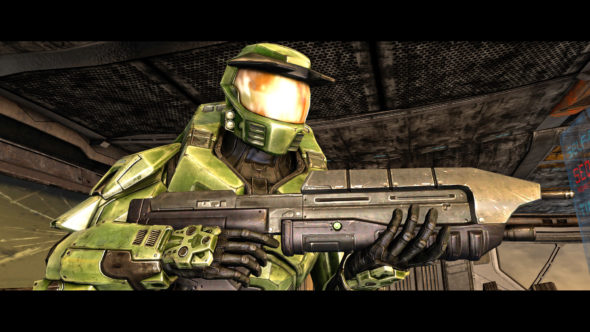
Playing as the super soldier Master Chief, players had in their hands a very tactical deliverer of death, with rechargeable shields courtesy of his Mjolnir powered armour with some nods to realism in the form of carrying only two different weapon at any given time and a finite amount of grenades. And who would forget Cortana, the A.I. that the Chief is tasked to protect as he ventures through an alien ring world dubbed Halo. I almost got a panic attack when I encountered the first swarm of The Flood… urgh.
Multiplayer By Way Of Custom Edition
I dabbled with the multiplayer aspect of the game when Halo: Custom Edition and it was pretty fun (I still prefer Quake III Arena though). Unfortunately by the time I got into the game, there were not many people holding interest in the Custom Edition, and I had only a couple of friends to play with. One thing I remember about this particular edition was that it was PORTABLE, or at least the copy I had was portable, meaning you just need to run the executable file without installing the game.
Expansion (and Looking On In Envy)
The Halo franchise would receive further world building with the release of novels and sequels. I particularly enjoyed Eric Nylund’s The Fall of Reach and Ghosts of Onyx. Beginning with Halo 2, the sequels were exclusive to Microsoft’s Xbox consoles, and these were spanned 6 mainline FPS sequels (counting ODST, and omitting all the RTS titles).
Right after experiencing Halo on the PC, I’ve moved on to Sony’s PlayStation 2 and subsequently the PlayStation 3 when it was launched by Sony officially in Malaysia. The main reasons for switching to a console were platform longevity since there wasn’t a need to constantly upgrade parts like on a PC, and official availability: the Xbox and its subsequent generations of consoles have never been officially supported by Microsoft Malaysia (let’s talk about this at the end of this article).
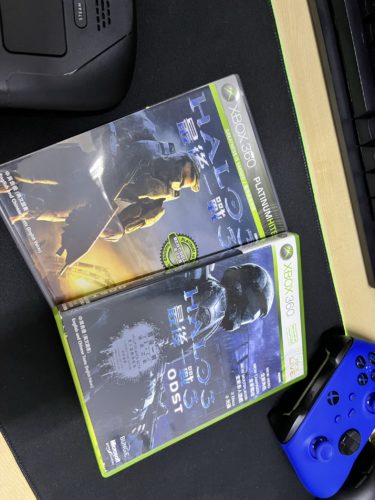
Despite having no means of playing the Halo series of titles, I kept track of the reviews of the sequels and storyline as well as the series’ transition from original developers Bungie to 343 Industries. That last bit resulted in an expansion of genres for the Halo universe with mobile games and RTS titles getting into the mix. I even managed to snag a copy of Halo 3: ODST as a prize from a contest, and in a case of FOMO, a copy of Halo 3 for very cheap from Play-Asia.
One thing’s for sure though, I still wanted to play a Halo FPS title.
Finally Back on the Halo Train
The opportunity came about due to two factors. The first factor being the release of the PC version of The Master Chief Collection in 2019. This is a compilation of Halo FPS titles including Combat Evolved Anniversary, Halo 2: Anniversary, Halo 3, Halo 3: ODST, Halo: Reach and Halo 4. The second factor was the pandemic. Work-from-home necessitated the need for a rather robust setup, and I ended up getting a gaming PC assembled.
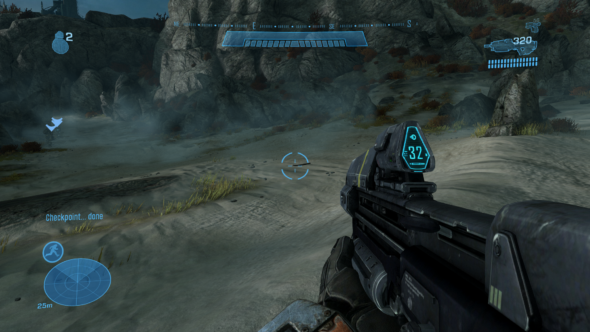
I gotten my gaming rig in 2020, and MCC was one of the first titles I purchased on Steam and there was no looking back since. I’ve finished Halo 2, Halo 3 and Halo: Reach. The latter is probably the best of the bunch, action-packed with a bit of squad-based A.I combat included and featuring a poignant ending.
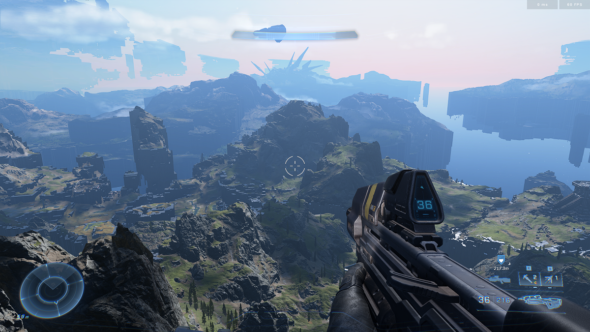
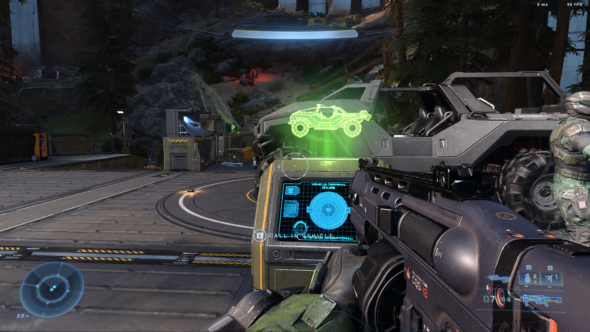
For those who have been watching my live-streaming, you would notice that I’ve been playing Halo Infinite. The latest chapter in the Halo franchise has taken inspiration from open-world games such as Red Dead Redemption and Breath of the Wild, and has Master Chief traversing yet another ring world, albeit a broken one. It’s a bit strange to be playing the latest Halo title, with pretty good (I wouldn’t say top-end) equipment (AMD 5800X with a RTX 3070) versus the junker that I started out with Halo: Combat Evolved.
State of the Xbox in Malaysia
If you take a look around in video games stores in Malaysia, it’s actually quite easy to snag an Xbox Series S or a Series X. And this is despite the lack of official support/warranty from Microsoft Malaysia. The units that you see in store are grey-imports, brought in from countries such as Singapore (SG) and Japan (JP). Singapore-region units are priced slightly higher, as it is relatively easier to send a SG-unit back to Singapore for official warranty purposes; some shops do arrange for that to happen. Japan or European-region units may be slightly cheaper but these come with short-term shop warranty periods of about 1-3 months.
Support from MS Malaysia has been frankly, poor, and it has been the local video games stores who have been “carrying” the console gaming community on the Xbox side of things. The recent release of PC Game Pass in this region doesn’t really address the needs of the same community. I myself am using a JP-region Xbox Series S with a US-region Microsoft Store and a Game Pass Ultimate subscription. It would be nice if there was local support, with billings in Ringgit Malaysia and local perks, but only time will tell.

